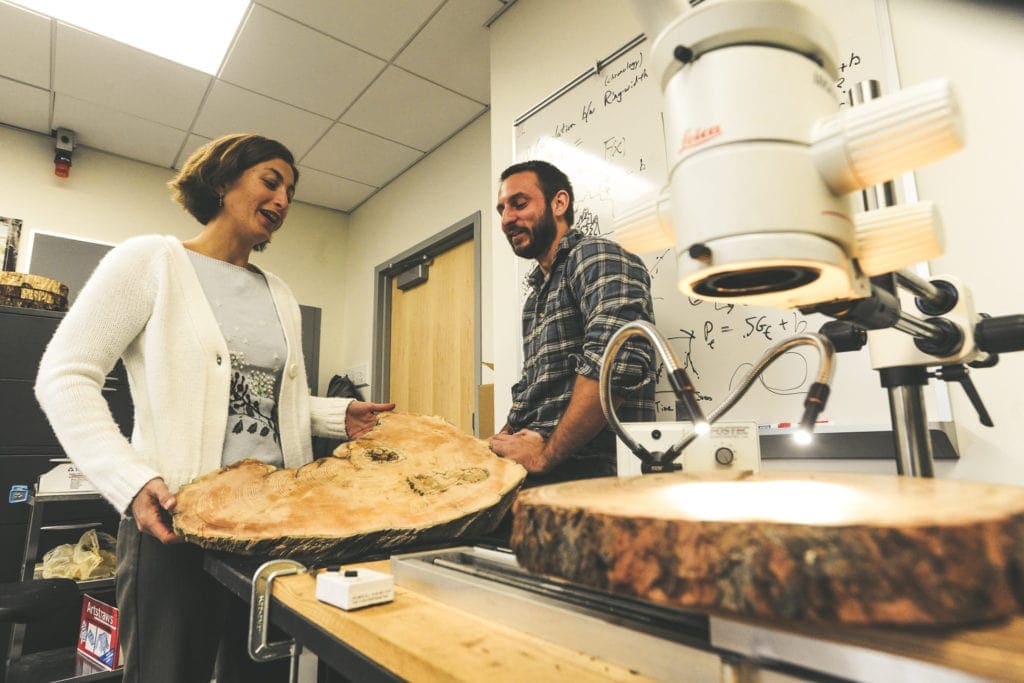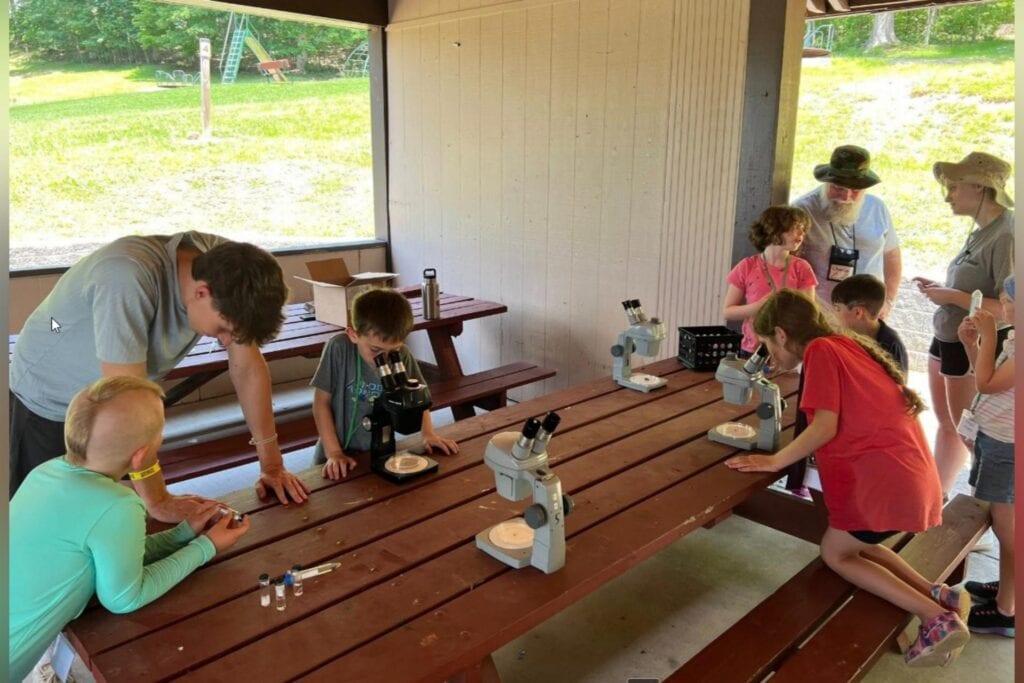Shifting storm tracks and warming climate have marred countries south of the equator, particularly Australia, in recent decades with drought-like conditions and less rainfall.
To gain a more comprehensive understanding of this pattern, a West Virginia University geographer and her research team will study the movement of a westerly wind belt circling Antarctica that influences Southern Hemisphere climate, carbon and heat uptake and Antarctic ice melt.
The National Science Foundation awarded a three-year, $219,263-grant to Amy Hessl, professor in the Department of Geology and Geography, to reconstruct the history of this wind belt, called the Southern Annular Mode, over the last 2,000 years.
In order to achieve that, Hessl and her team will break down data from two of nature’s simple wonders: trees and ice.
The project will utilize data from King Billy pine trees, a coniferous species native to southern Tasmania, Australia, in addition to two East Antarctic ice cores, which are samples of ice taken from ice sheets or glaciers. Ice cores can contain ice up to hundreds of thousands of years old.
“By examining tree rings from these rare conifers that only occur in Tasmania, combined with ice core records from Antarctica, we can see how the SAM might have changed over the last couple thousand years,” Hessl said.
The SAM is the leading mode of climate variability in the middle to high latitudes of the Southern Hemisphere. The SAM can be described as having two phases – positive and negative. A positive phase sees westerly winds contracting toward Antarctica, resulting in dry climate conditions. To the contrary, a negative phase occurs when the westerly winds expand toward the equator, leading to increased storms and rain.
“The SAM has been changing over the last several decades to a more positive state, meaning that the position and strength of those winds have moved to higher latitudes and that affects the climate in places like southern Australia, southern Africa and southern South America,” Hessl said. “The purpose of this project is to understand what contributes to the variability in the SAM and what causes it to change its position.”
This positive pattern is believed to be linked to an uptick in wildfires on Southern Hemisphere continents in recent years. Upwelling in the oceans may also be attributed to changes in the SAM, Hessl said. Upwelling occurs when the deep, cold water rises toward the surface, replacing the warmer surface water.
By analyzing tree ring data situated at the northern tip of the SAM in Tasmania and ice cores from Antarctica, from the opposite, southern part of the SAM, researchers hope to hit a sweet spot by bookending the movement of the phenomenon in latitude.
Through tree ring research, Hessl can assess how the trees responded to the environmental conditions in Tasmania over the years. That particular species, Billy King pine, was chosen because of its longevity and preservation qualities. It comes from the same family of trees as Eastern red cedar, found in West Virginia, which Hessl has studied, and the giant sequoia and redwoods.
“These trees can live up to 1,000 years old and they can stand dead for another 1,000 years in the environment,” Hessl said, “so you can extract 2,000 years of tree ring records from those trees.”
In her previous research, Hessl has reconstructed climate histories dating back to the first millennium in Mongolia. She also helped validate the accuracy of tree ring data.
Joining Hessl on the project are Tessa Vance, University of Tasmania; Kathy Allen, University of Melbourne; and Kevin Anchukaitis, University of Arizona. She also plans to involve undergraduate and graduate WVU students on the project.
The research team is aiming to conduct field data collection in Tasmania in December and January of 2020. But the research has been ongoing, Hessl said, dating back to 2014 when Allen first suggested the research topic at a conference in Australia. In 2018, she spent time in Australia as a Fulbright Scholar to study the Southern Hemisphere’s climate history.
“The real benefit of this (NSF) award is that we can continue collaborating with Australian scientists,” Hessl said. “We are scientists living in opposite hemispheres coming together to solve and understand a global issue.”
Though the project is focused on the Southern Hemisphere, Hessl said any outcomes can relate to the Northern Hemisphere, as well.
“We just had a polar vortex and we’re seeing increased variability in the Northern Hemisphere’s climate,” she said. “Our weather vacillates radically between really cold and really warm. That phenomenon is not happening in the Southern Hemisphere, so those are contrasts we can look at and try to understand our own changing climate.”












